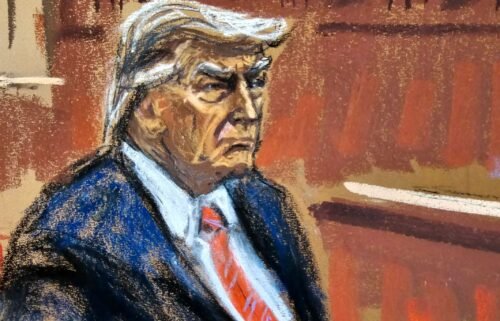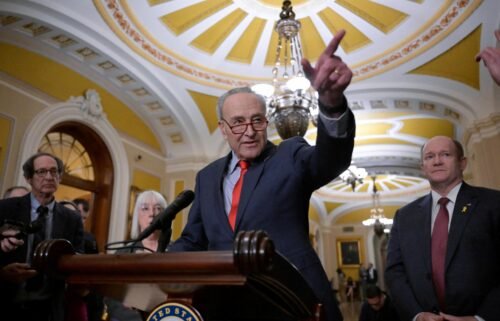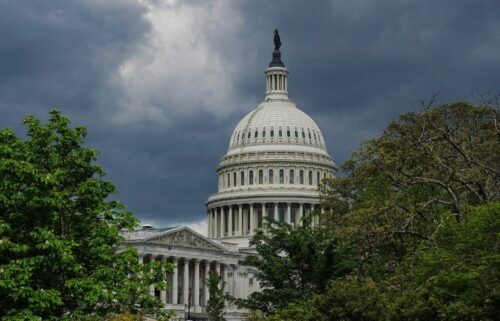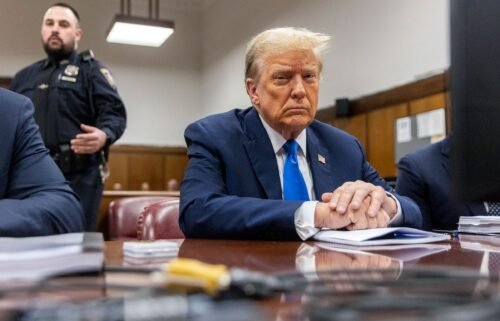My third impeachment is really different from the others
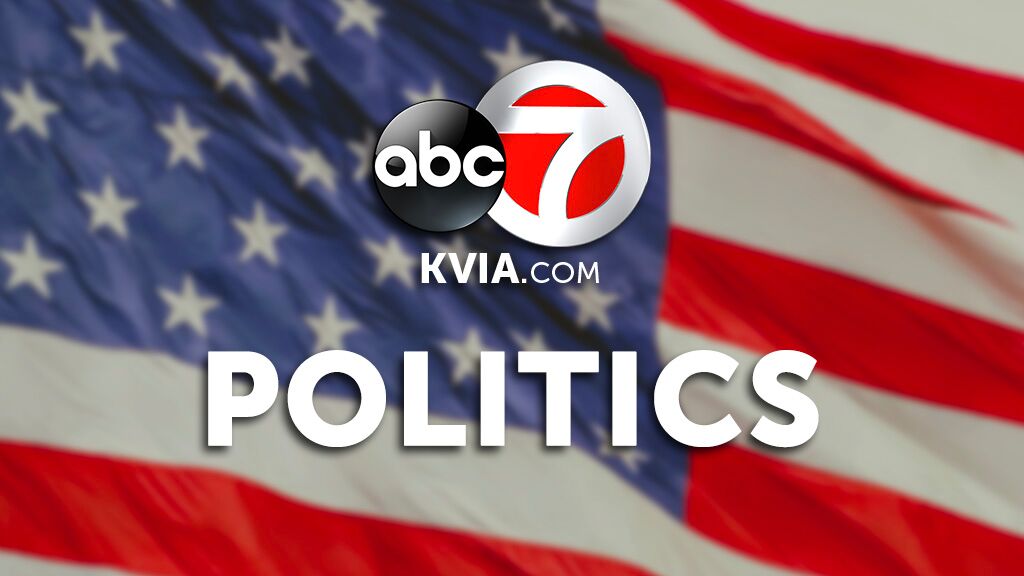
Over the past month or so I’ve been asked repeatedly how the Donald Trump impeachment process compared to President Bill Clinton’s. The current situation has certainly stirred memories for me of 1998-99 when I worked in the White House, but it also reminded me of attending the Senate Watergate hearings as a teenager in the summer of 1973.
My father was a producer for NBC News assigned to special events. He did things like plan coverage of political conventions, Olympics and space launches from Cape Canaveral. Because that took him away for long stretches, he’d often bring us kids along for the ride. In 1972, it was the political conventions in Miami Beach. In 1976, it was meeting Jimmy Carter in the NBC headquarters in Manchester, New Hampshire, on election night — and then asking someone who he was. And in the summer of 1973, it was Washington, DC.
Because he was working all day and didn’t have a child care plan for a 13-year-old, my father found a way to get me into the hearings. For three days, I watched White House aide John Ehrlichman testify from beginning to end. Even with the typical teenage attention span and no seat to sit in, it was gripping from beginning to end.
I tell this story because it highlights the biggest difference between the Trump impeachment and the ones of Clinton and Richard Nixon before him.
There are similarities between the three. All of them were designed to bring the evidence to life with real live witnesses telling the story. For Nixon, it was all his top aides, with John Dean becoming an overnight political hero labeling the Nixon administration a cancer on America.
With Clinton, it was Ken Starr, the independent counsel, testifying in vivid detail on all the evidence his grand juries collected from everyone involved in the matter. And this week, three American patriots will start to tell the story of corruption and abuse in the Trump administration.
The hearings were also partisan in nature, meaning all of them had representatives dedicated more to protecting the President, than getting to the truth. In Nixon, many laud the bipartisan nature of the Senate committee. While they were certainly more bipartisan than today, according to Scott Armstrong who was on the staff, Republicans on the committee regularly briefed the White House and coordinated strategy.
Democrats in 1998 worked closely with the White House to forge a joint defense of the President. And we all know today, members of the Republican party have gone to great lengths and used many explanations, some conflicting, on why the President’s call was “perfect.”
But that’s where Trump’s impeachment veers from the others.
First off, with Nixon there were only three television networks and no cable TV, and they covered the Senate hearings wall-to-wall for the first week. It was only later that they worked out a rotation among themselves.
With Clinton, there was cable TV and talk radio, but no real internet penetration. Trump is the first internet impeachment where people largely get their news from sources they agree with, rather than the booming voices of Walter Cronkite or Tom Brokaw.
What is really different is who’s testifying. In Nixon’s impeachment, all of his senior aides testified in public, on television before tens of millions of people. Many of them also went before the special prosecutor’s grand jury and testified under oath. And, in a way, Nixon testified himself when the Supreme Court ordered the release of the Nixon tapes and we got to hear what was said behind closed doors.
With Clinton, Ken Starr had everyone that matters in front of the grand jury. From the President, to Monica Lewinsky and Linda Tripp to low-level aides, Secret Service and White House valets. He left no stone unturned and when he released his report and subsequently testified before Congress, the case was all there, with no loose ends.
The Trump impeachment is nothing like that. President Trump has not gone under oath in the matter of Ukraine. His top aides who allegedly facilitated the Ukraine cash-for-dirt operation also have not been interviewed. Mick Mulvaney, Rick Perry, Mike Pompeo and Rudy Giuliani all are missing in the evidence of the case against the President, by their choosing or that of the White House.
Now Republicans will argue that this makes the case all second-hand information and you can’t impeach the President on this kind of evidence. Democrats argue they have more than enough evidence to impeach the President and they won’t fall for the delaying tactics of all the President’s men. The President could clear all this up with one phone call ordering his men to testify. He won’t, and there is significant meaning in that.
But in comparing the impeachments, I’m left here with a sense we don’t have the whole story. There is evidence we won’t see until well after the impeachment process is done, perhaps even after the election in 2020.
We don’t know how deep this goes, what other examples there may be of the same behavior and just how corrupt the President and his team are. There may well be enough to impeach him, but I do have a strong feeling that we don’t know everything. And it’s that lingering feeling that there’s more to know which will gnaw at me as I watch up close my third presidential impeachment process.

